Feasibility study Battery
In our feasibility study for a Battery Energy Storage System (BESS), we explore the options for implementing a battery. The aim is to determine best deployment strategy for you with a focus on technical, financial and operational feasibility.

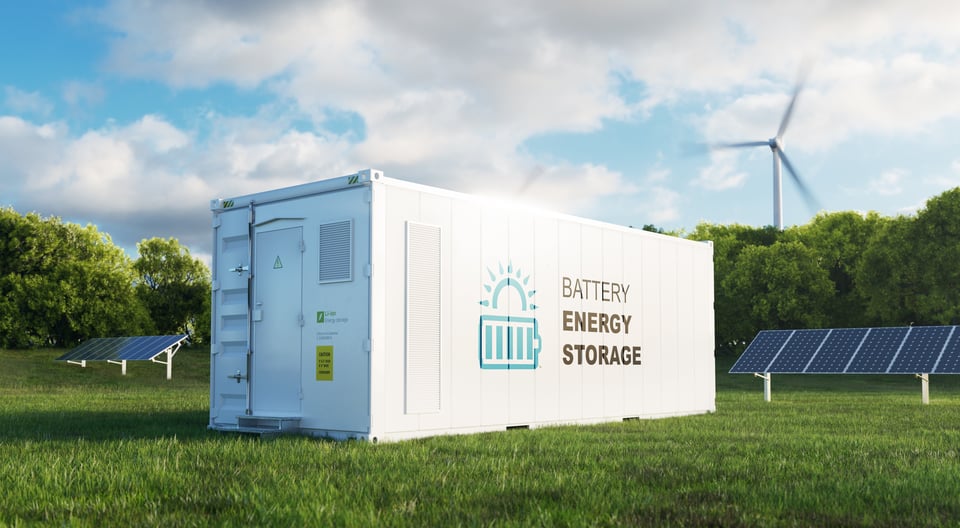
By storing energy, owners can make better use of their solar energy. This helps reduce peak loads and provides opportunities for energy trading. While the benefits of battery solutions are clear, integrating this technology into energy management can be complex.
Technical analysis
Understanding technical specifications
The technical analysis of a BESS includes the evaluation of power and capacity. This is matched to solar production, contracted power and (future) consumption patterns. The optimal configuration for additional power, peak shaving and/or energy trading is considered.
Independent advice
Battery deployment options
A BESS can generate profits through energy trading by storing energy during negative prices and selling it when prices are positive. It also offers peak shaving, where peaks in energy consumption are smoothed to save costs or to allow short-term peaks above contracted power.
Commercial analysis
Insight into costs and revenues
The commercial analysis at Zoncoalitie focuses on financial feasibility. Here, costs, revenues and payback time are analysed. Important are the savings from peak shaving, revenues from energy trading and subsidies. The analysis assesses how the BESS reduces energy bills and increases profitability of solar projects.
Technical analysis
What is technically possible?
Our technical analysis provides an in-depth analysis for determining the optimal power (kW) and capacity (kWh) of the battery. By starting with a technical analysis and properly discussing the location-specific future forecast with the client, we can properly estimate the right battery.
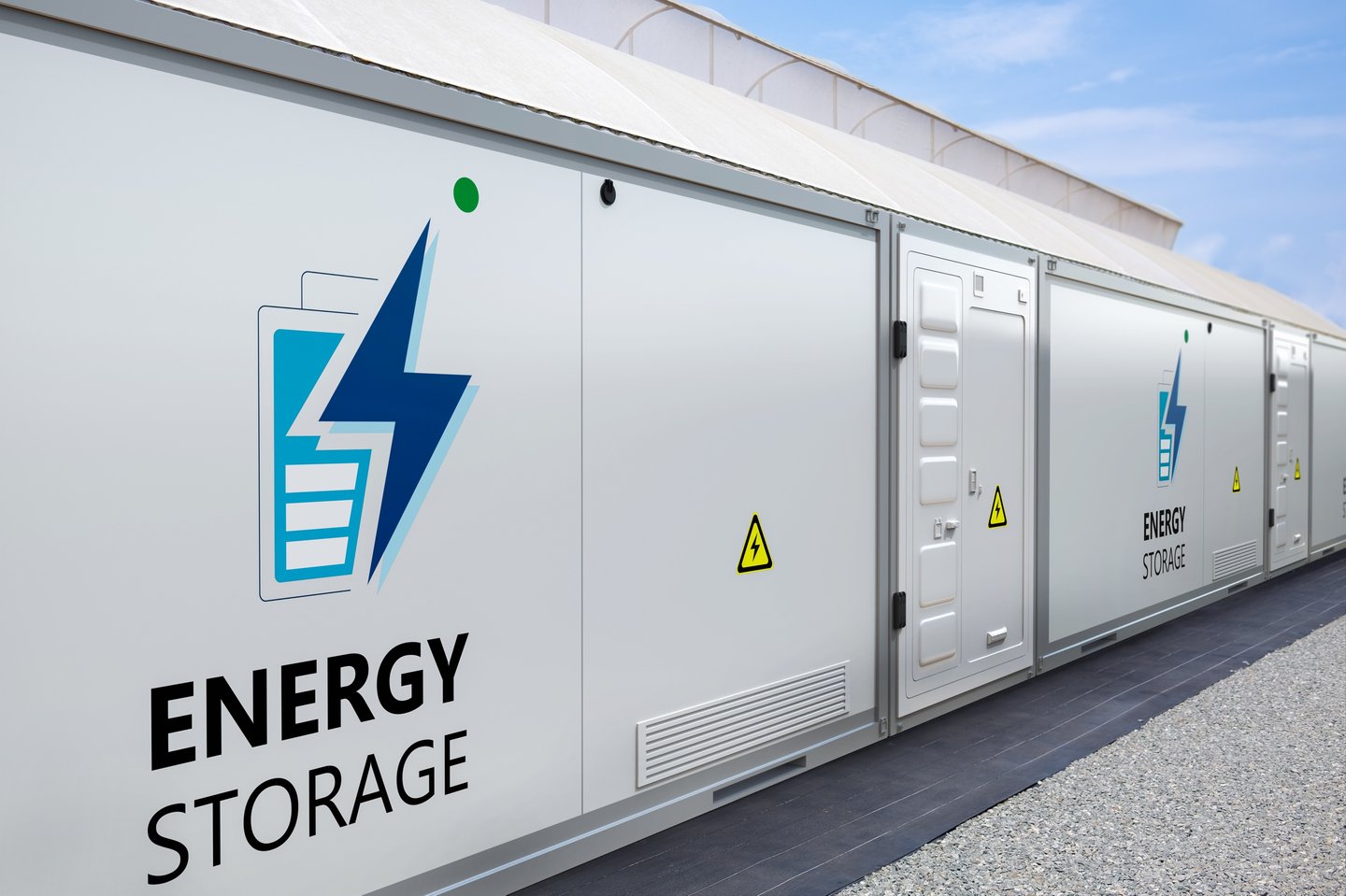
Deployment strategy
How can a battery best improve your business? We determine exactly how to use a battery for the purpose of your property.
Prioritisation of energy flows
Insurance requirements
We engage with the insurer early on to identify insurance requirements to ensure that the battery installation meets all safety standards and is covered against potential risks such as fire or damage. This prevents financial surprises and ensures compliance with legal obligations.
Location assessment
We analyse the site and the main distribution box and make a situation sketch for the optimal location of the battery. Of course, we consider a short cable route and take insurance requirements into account.We analyse the site and the main distribution box and make a situation sketch for the optimal location of the battery. Of course, we consider a short cable route and take insurance requirements into account.
Acquisition costs
We can estimate well in advance all the costs involved in buying a battery. Consider the following: increasing the load on the distribution board, the cable route, permit costs and the battery itself, of course.
Possible subsidies
Possible subsidies such as the Sustainable Energy Investment Subsidy (ISDE) or Energy Investment Allowance (EIA) can significantly reduce the cost of the battery.
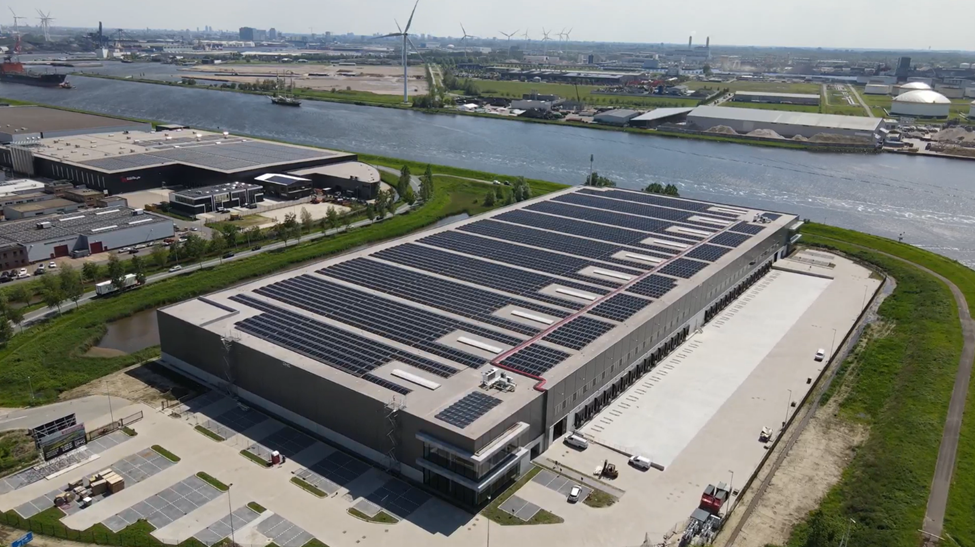
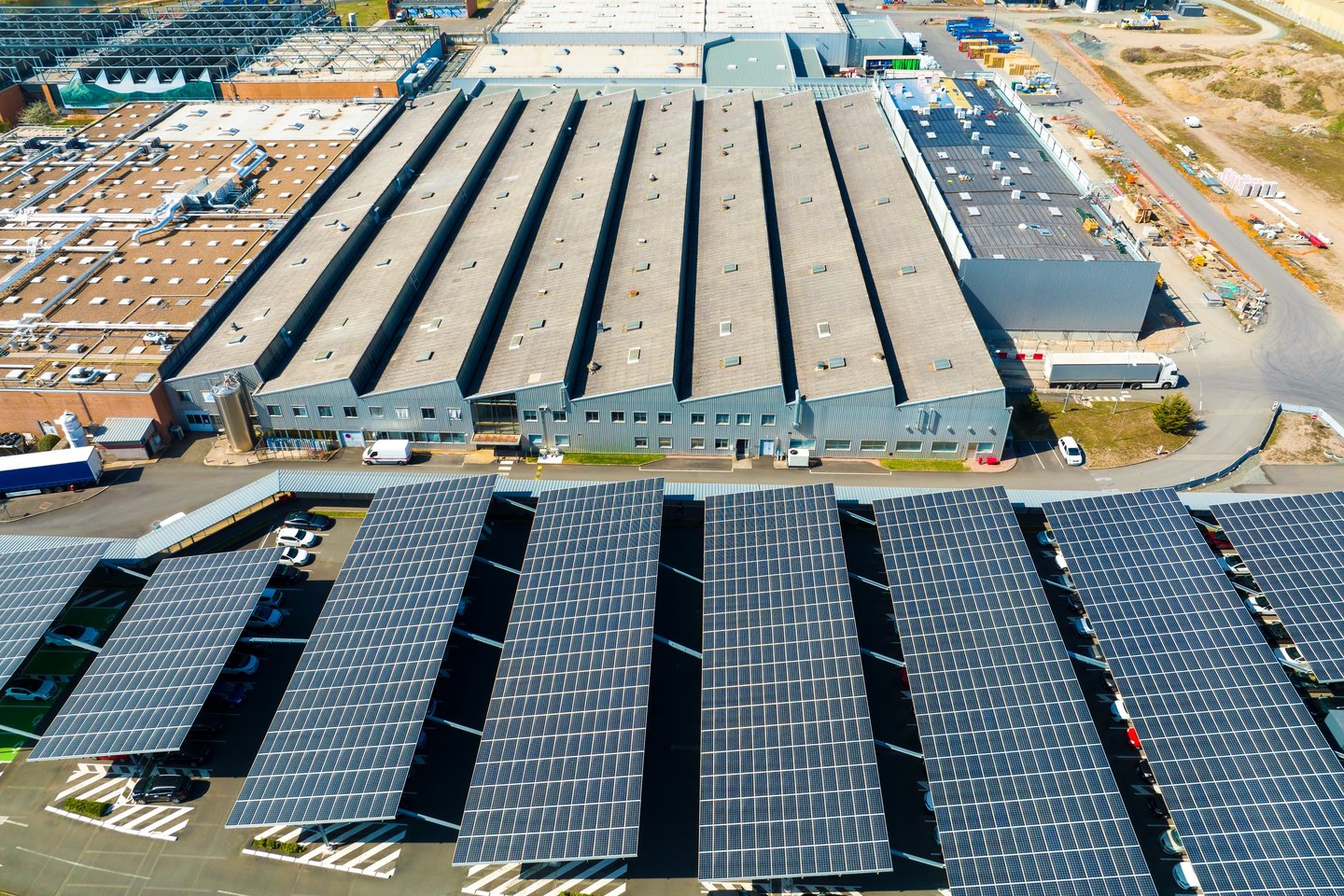
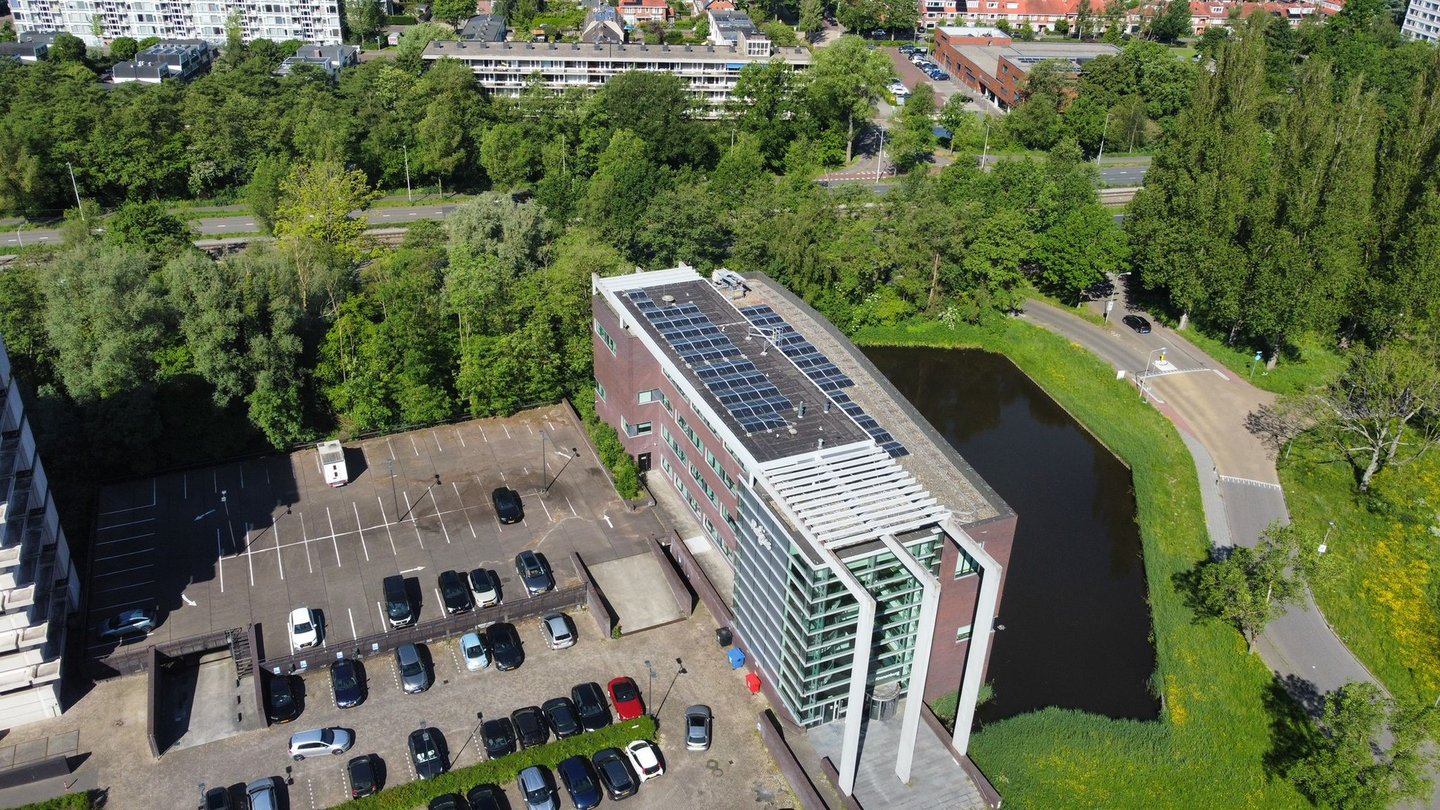
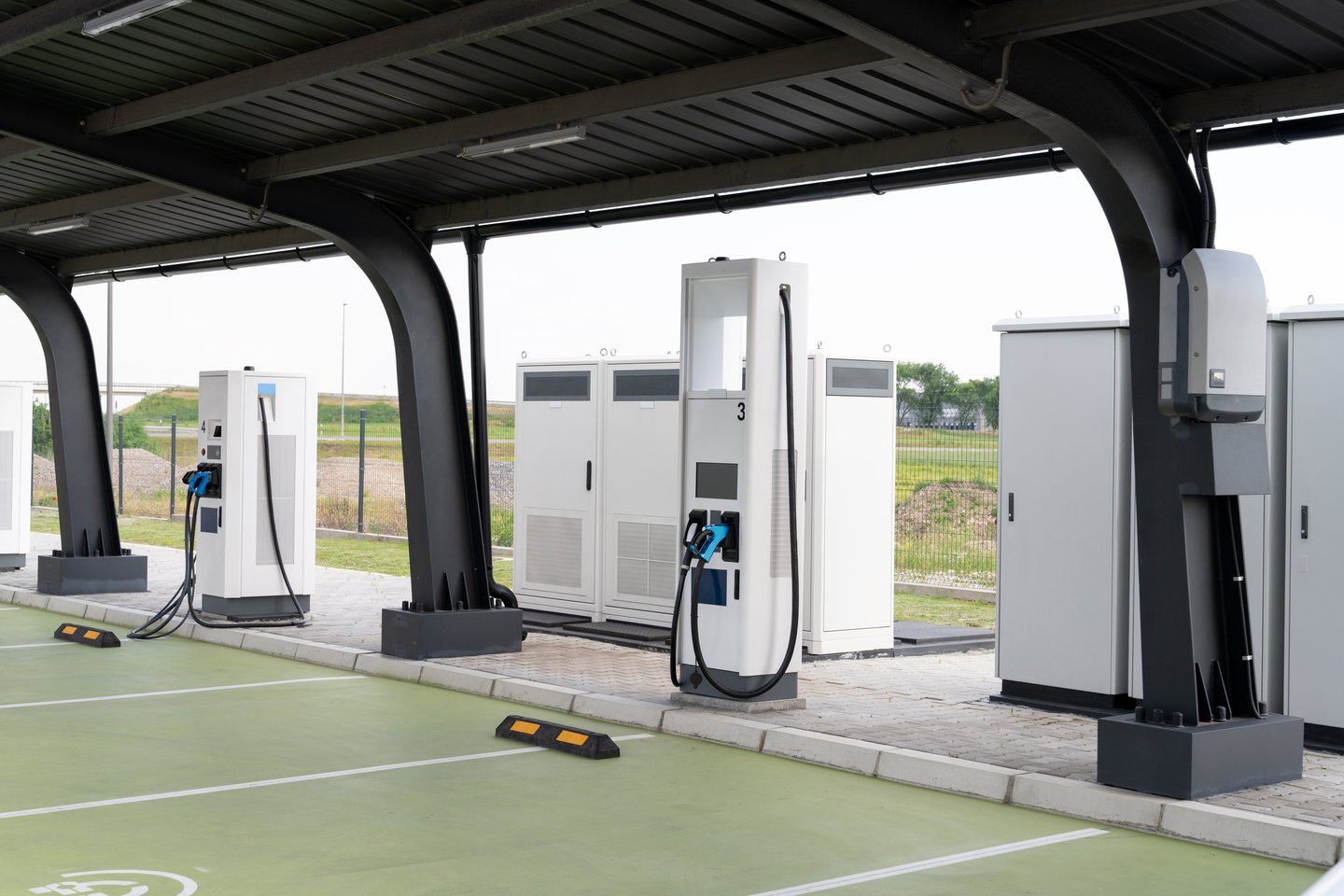
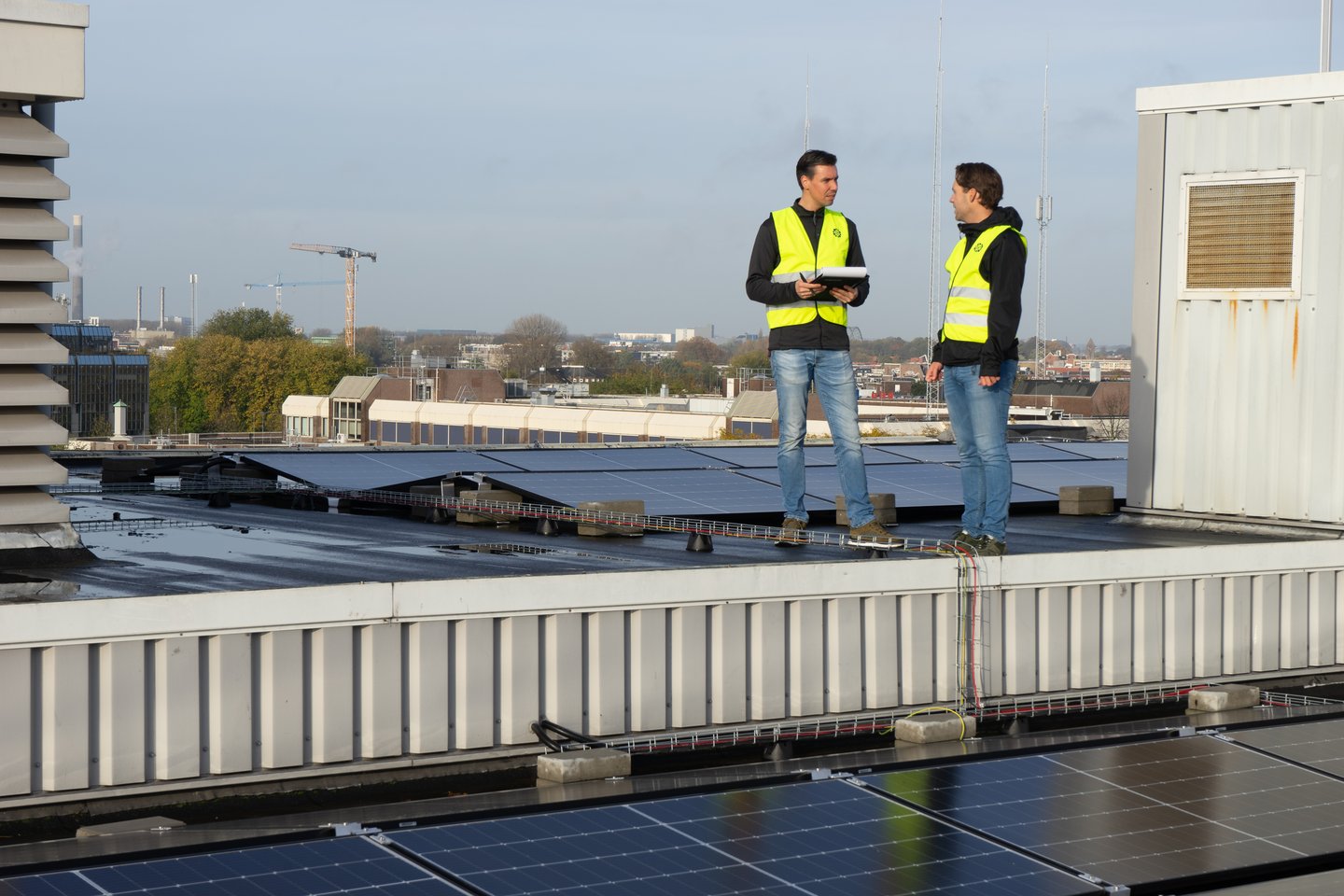


Which scenarios are possible?
Our commercial analysis provides a detailed assessment and helps you make informed investment decisions that ensure your battery investment contributes to business goals. We look at the following questions, among others:
- Huren, kopen of aansluiting verhuren?
- Welke verdienmodellen?
- Op maat gemaakt business case voor jouw vastgoed situatie
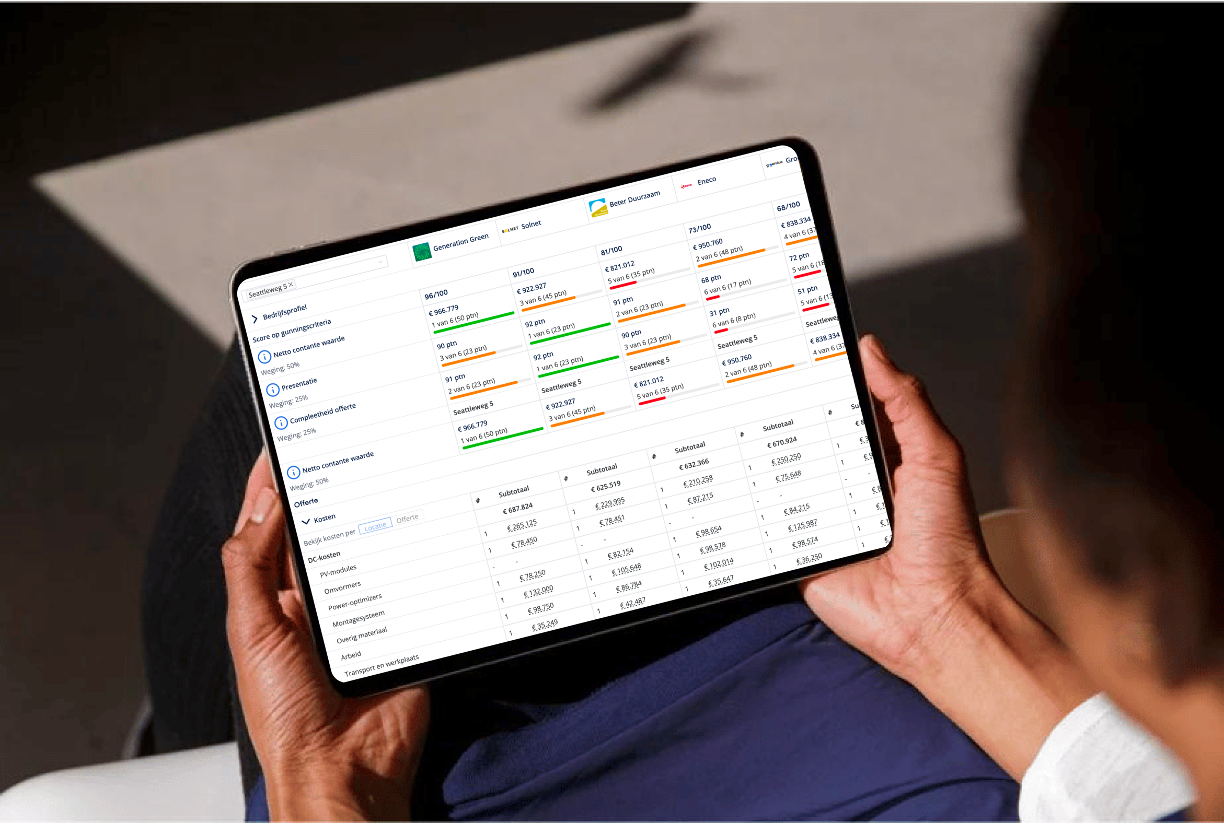
Onafhankelijk advies
The basis for successful tenders
Our advice is independent and of high quality. This allows you to know in advance what the possibilities and challenges of your location are. This forms the basis for a successful tender because we include all issues from the feasibility study in the Programme of Requirements that apply to the call for tenders.
A tender invitation to Zoncoalitie offers a competitive advantage by allowing multiple suppliers to compete, leading to more competitive prices and better conditions. It also ensures that the chosen battery meets specific technical and commercial requirements as described in the Programme of Requirements.

Frequently asked questions
What is the lifespan of a battery?
Battery life ranges from 10 to 15 years, depending on usage, charge cycles, temperature and maintenance. Through a smart deployment strategy and regular maintenance, the lifespan can be maximised.
Is an EMS still needed with a battery?
Yes, an Energy Management System (EMS) is essential for optimal battery management. The EMS ensures efficient energy storage, discharge and integration with other systems such as solar panels, charging stations and energy consumption.
Is a battery fireproof?
Modern batteries are designed with strict safety requirements and contain multiple layers of protection to minimise fire risks. However, compliance with installation and maintenance requirements is crucial for safety, the battery will always be tested against PGS 37-1 standards and any additional insurance requirements.
What is the synergy between PV, EV and a battery?
The synergy between solar panels (PV), electric vehicles (EV) and a battery (BESS) provides an efficient energy cycle: generated solar energy can be stored and used for EV charging or other applications, reducing energy costs and CO2 emissions.
How does a battery lower your carbon footprint?
A battery reduces your carbon footprint by storing energy when renewable sources, such as solar energy, are available. This stored energy can then be used when demand is high, reducing dependence on fossil fuels.
Can a battery help with grid congestion?
Yes, a battery can help alleviate grid congestion by storing energy during peak generation and using it later. This reduces the load on the grid and helps provide a more stable energy supply.
Why would you choose an independent battery feasibility analysis at solar coalition?
An independent feasibility analysis at Zoncoalitie provides objective insight into the technical, financial and operational aspects of a battery solution. So you get reliable advice fully tailored to your specific situation, without commercial interests. This increases the chances of a successful investment, maximum efficiency and a sustainable energy solution that really works for your business.

The next step towards a sustainable future
Zoncoalition is ready to support you every step of the way. Contact us without obligation.

Alex Muhring
CEO
Matching
During the Matching, we organise a professional tender. You will receive several offers that perfectly match your desired hardware. The Matching leads to procurement benefits and a clear contract with the best provider.
